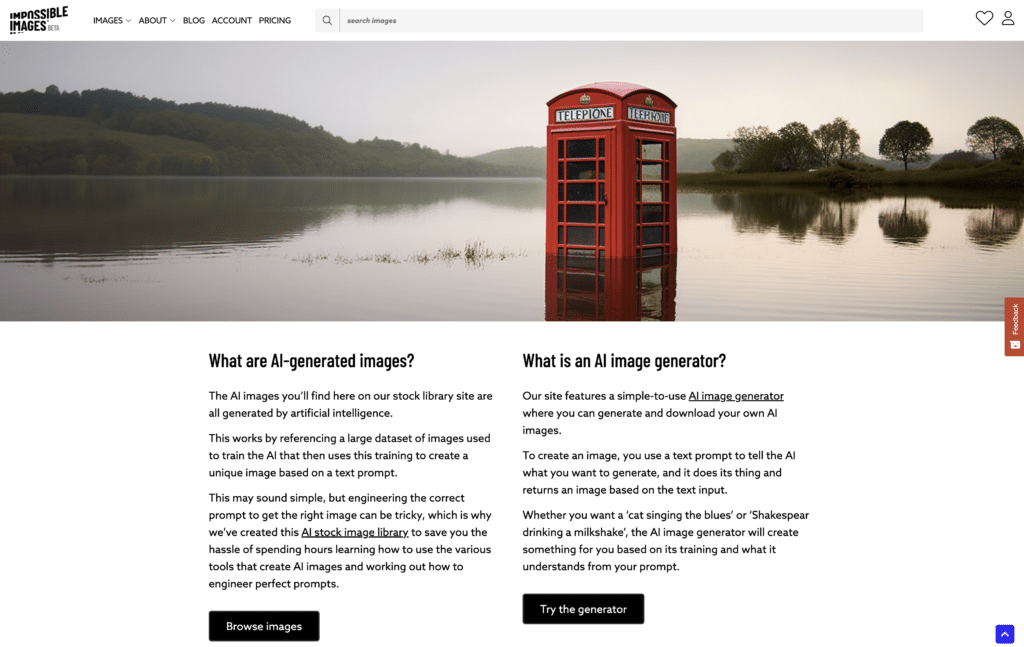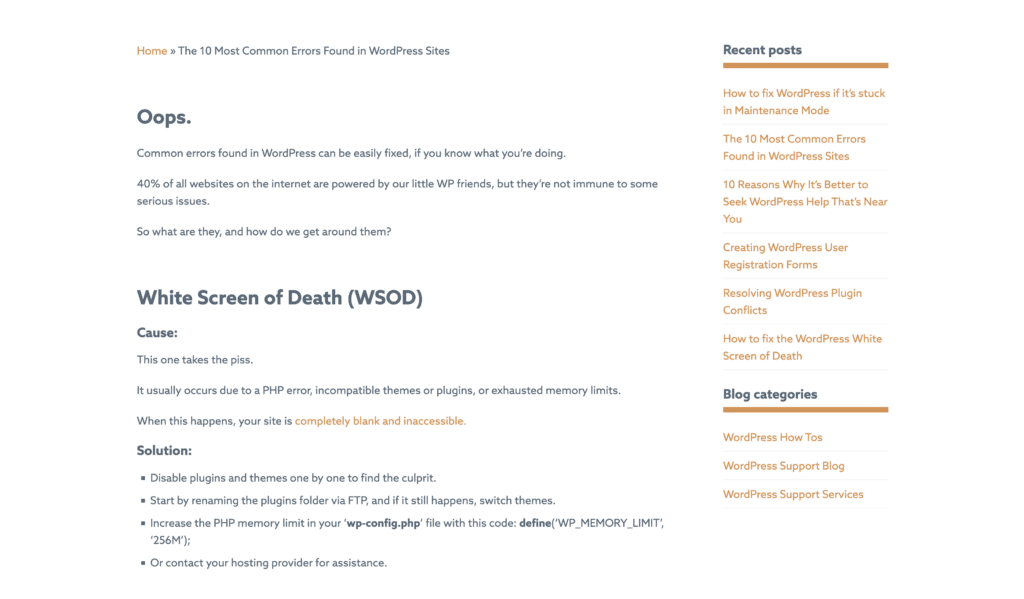
When you’ve got a lot of content, optimisation is the key.
Incorporating internal linking into your content curation strategy can take it to the next level.
It involves the careful selection, organisation and sharing of high-quality content from various sources, while linking between relating content.
Types of Internal Links
Contextual Links:
These are hyperlinks within the body of your content that direct users to other relevant pages on your site.
They are the most common form of linking in content curation.
Navigational Links:
Typically found in navigation menus, sidebars, or footers and are used to guide users to important content.
Footer Links:
In the footer section of a webpage, these links can provide additional navigation options, especially for large sites.
The Role of Internal Linking in Content Curation
Now that we have a grasp of internal linking, let’s explore how it can benefit your content curation efforts.
1. Creating a Content Hub:
Think of your site as a library, and your content as different sections.
Internal links act as the pathways that connect these sections, making it easier for users to explore similar topics.
2. Organising Related Content:
Internal linking helps you categorise logically.
When you link articles or resources together, you’re showing users a clear journey for what they’re interested in.
3. Improving Content Discoverability:
As you curate more content, some older gems may get buried in archives.
Internal links can guide people back to them, so they don’t go unnoticed.
The Benefits of Internal Linking for Content Curation
Content Promotion:
When you curate content, especially news articles or resources, internal links from existing high-traffic pages can funnel users to the newer content.
This can generate immediate traffic and visibility for your latest work, making them gain traction faster.
Topic Clusters:
In SEO, creating topic clusters has become a popular strategy.
It involves linking related content together, with one central “pillar’ page.
Internal linking facilitates their creation by connecting the pillar content with supporting articles.
This not only helps user explore a comprehensive range of information on a topic but also shows search engines your site offers in-depth coverage in a given niche.
SEO and Page Authority
Search engines like Google consider internal links when assessing the structure and relevance of your WordPress site.
Internal linking done well can distribute page authority (also known as link juice), helping your pages rank higher in search results.
When you link to authoritative and relevant content, you signal to search engines that your website is a valuable resource.
It boosts your overall SEO performance.
Improved Indexing
As we know, internal links act as pathways that guide users and crawlers through your website.
When they can easily discover and access your content through these links, they are more likely to index and rank pages.
This is incredibly important for driving more organic traffic to your site.
Best Practices
While internal linking is already a powerful tool, it must be used with care.
Here are some of the best practices to keep in mind:
Anchor Text Optimisation:
Use descriptive anchor text that gives context about the linked content.
Avoid generic, vague phrases and focus on using keywords naturally.
Maintaining a Natural Flow:
Internal links should feel organic and enhance the UX.
Avoid overloading your content with links, it’s unnecessary and can be distracting and discrediting.
Regular Auditing and Updating:
As your content library grows, periodically audit your internal links to make sure they are still relevant and actually work.
Fix any broken links promptly.
Real-World Examples
Let’s take a look at a real-world example that has successfully combined content curation and internal linking:
Case Study: Impossible Images
Impossible Images, a service surrounding generating AI images alongside an image stock market, has a lot of content to organise.
Through linking relevant images and pages together, users have clear and informative paths to new and equally interesting content.

It’s not unnatural, and it works fluidly with the site, not against it.
Likewise, throughout the Impossible Images blog, there have been careful considerations to internally link wherever they can.
Case Study: Toast Support Blog
This blog has great examples of effective internal linking.
Not only is there a sidebar showcasing recent posts and the organised categories, there are also fluid links throughout the blog where appropriate.

There are cleverly and naturally placed links all over the site.
Why not take a look for yourself?
Tools and Resources for Effective Internal Linking
To make the most of internal linking in your content curation strategy, think about using the following tools and resources:
1. SEO Plugins and Tools:
Platforms like Yoast SEO and SEMrush offer valuable insights and recommendations for optimising your internal linking strategy.
2. Internal Linking Plugins:
Plugins like WILO streamline your internal linking processes by offering in-depth overviews per page and sites.
3. Professional SEO Services:
If you’re not sure where to start or need expert guidance, hiring a WordPress SEO agency like Searchworthy can be a very responsible investment.
Final Thoughts
Internal linking is the way to go if you want to see some extra traffic and reduced bounce rates on your site.
It’s also great to implement before your content becomes unmanageable, so you can stay on top of your SEO.
Remember, there are tools and agencies out there to help you.





